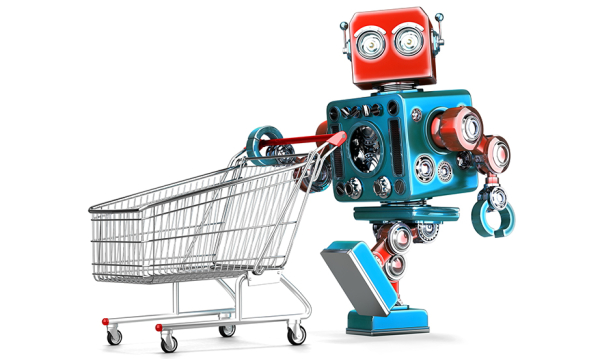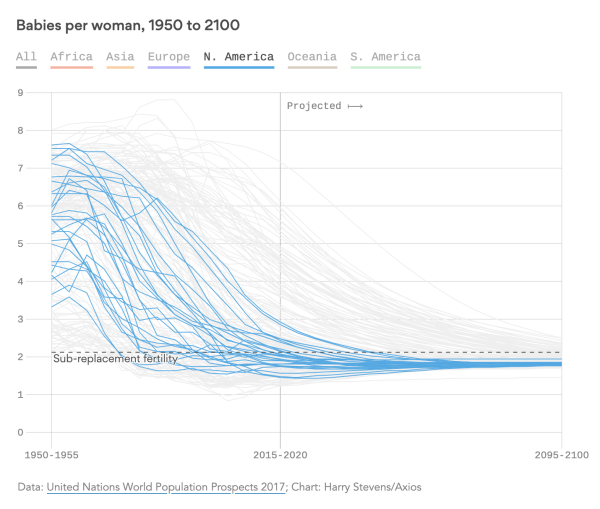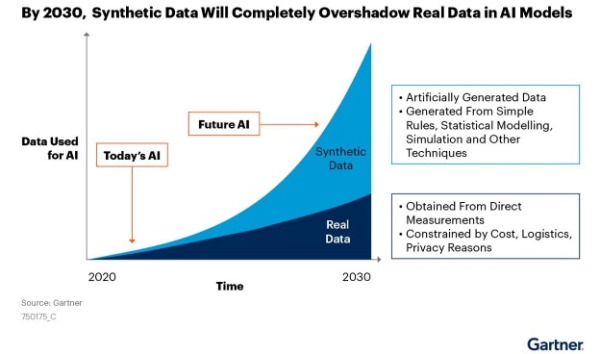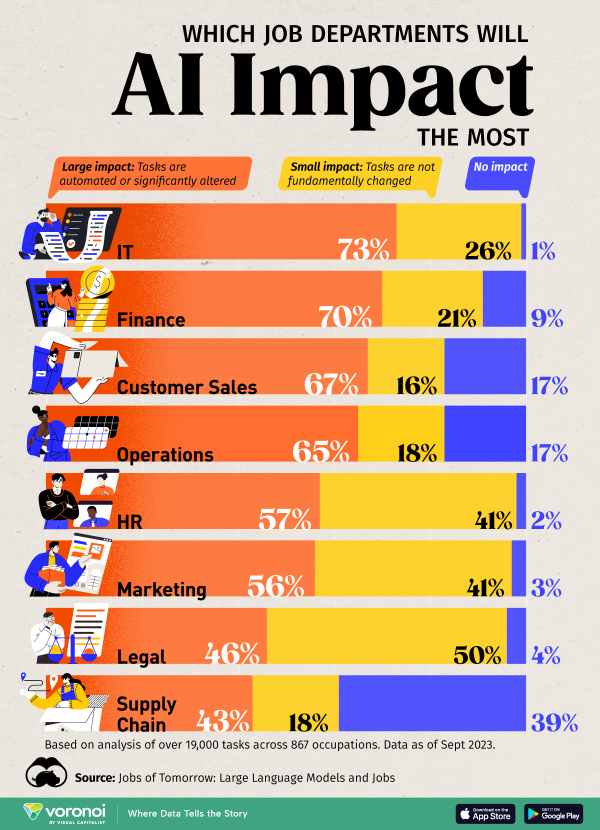The problem with history is it rarely tells the whole story.
Ideally, history would be presented objectively, recounting facts without the influence of societal bias, the perspective of the victor, or the storyteller's slant. But achieving this is harder than it seems.
Think about your daily life – it is filled with many seemingly innocuous judgments about your perception of the economy, what's happening in the markets, who is a hero, who deserves punishment, and whether an action is "Just" or "Wrong".
I'm often surprised by how frequently intelligent people violently disagree on issues that seem clear-cut to them.
It's like a fish in water not realizing it's in water … Most people don't realize the inherent biases and filters that inform their sense of the world or reality.
This post is an attempt to highlight the importance of diverse perspectives and information sources in building well-informed viewpoints.
Even though most people would agree that genuinely understanding history requires a clear picture, free from bias … I think it's apparent that history (as we know it) is subjective. The narrative shifts to support the needs of the society reporting it.
The Cold War is a great example where: during the war, immediately after the war, and today, the interpretation of the causes and events has changed.
But while that's one example, to a certain degree, we can see it everywhere. We can even see it in the way events are reported today. News stations color the story based on whether they're red or blue, and the internet is quick to jump on a bandwagon even if the information is hearsay.
Now, what happens when you can literally rewrite history?
“Every record has been destroyed or falsified, every book rewritten, every picture has been repainted, every statue and street building has been renamed, every date has been altered. And the process is continuing day by day and minute by minute. History has stopped.“ – Orwell, 1984
That's one of the potential risks of deepfake technology. As it gets better, creating "supporting evidence" becomes easier for whatever narrative a government or other entity is trying to make real.
On July 20th, 1969, Neil Armstrong and Buzz Aldrin landed safely on the moon. They then returned to Earth safely as well.
MIT recently created a deepfake of a speech Nixon's speechwriter William Safire wrote during the Apollo 11 mission in case of disaster. The whole video is worth watching, but the speech starts around 4:20.
MIT via In Event Of Moon Disaster
Can you imagine the real-world ripples that would have occurred if the astronauts died on that journey (or if people genuinely believed they did)? Here is a quote from the press response the Nixon-era government prepared in case of that disaster.
"Fate has ordained that the men who went to the moon to explore in peace will stay on the moon to rest in peace." – Nixon's Apollo 11 Disaster Speech
Today, alternative histories are becoming some people's realities. Why? Media disinformation is the cause and is more dangerous than ever.
Alternative history can only be called that when it's discernible from the truth, and unfortunately, we're prone to look for information that already fits our biases.
Today, we also have to increasingly consider the impacts of technology. Deepfakes are becoming more commonplace – with popstar Drake even using AI in a recent record. Now, that was apparent – but scarily, research shows that most can't tell a deepfake from reality (even if they think they can.)
As deepfakes get better, we'll also get better at detecting them, but it's a cat-and-mouse game with no end in sight.
In Signalling theory, it's the idea that signallers evolve to become better at manipulating receivers, while receivers evolve to become more resistant to manipulation. We're seeing the same thing in trading with algorithms.
In 1983, Stanislav Petrov saved the world. Petrov was the duty officer at the command center for a Russian nuclear early-warning system when the system reported that a missile had been launched from the U.S., followed by up to five more. Petrov judged the reports to be a false alarm and didn't authorize retaliation (and a potential nuclear WWIII where countless would have died).
But messaging is now getting more convincing. It's harder to tell real from fake. What happens when a world leader has a convincing enough deepfake with a convincing enough threat to another country? Will people have the wherewithal to double-check? What about when they're buffeted by these messages constantly and from every direction?
As we increasingly use AI for writing and editing, there is a growing risk of subtle changes being made to messages and communications. This widespread opportunity to manipulate information amplifies the capacity and potential for people to use these technologies to influence people's perceptions. As a result, we must be increasingly cautious about how the data we rely on may be altered, which could ultimately affect our perceptions and decisions.
Despite the risks, I'm excited about the promise and the possibilities of technology. But, as always, in search of the good (or better), we have to acknowledge and be prepared for the bad.









 via
via